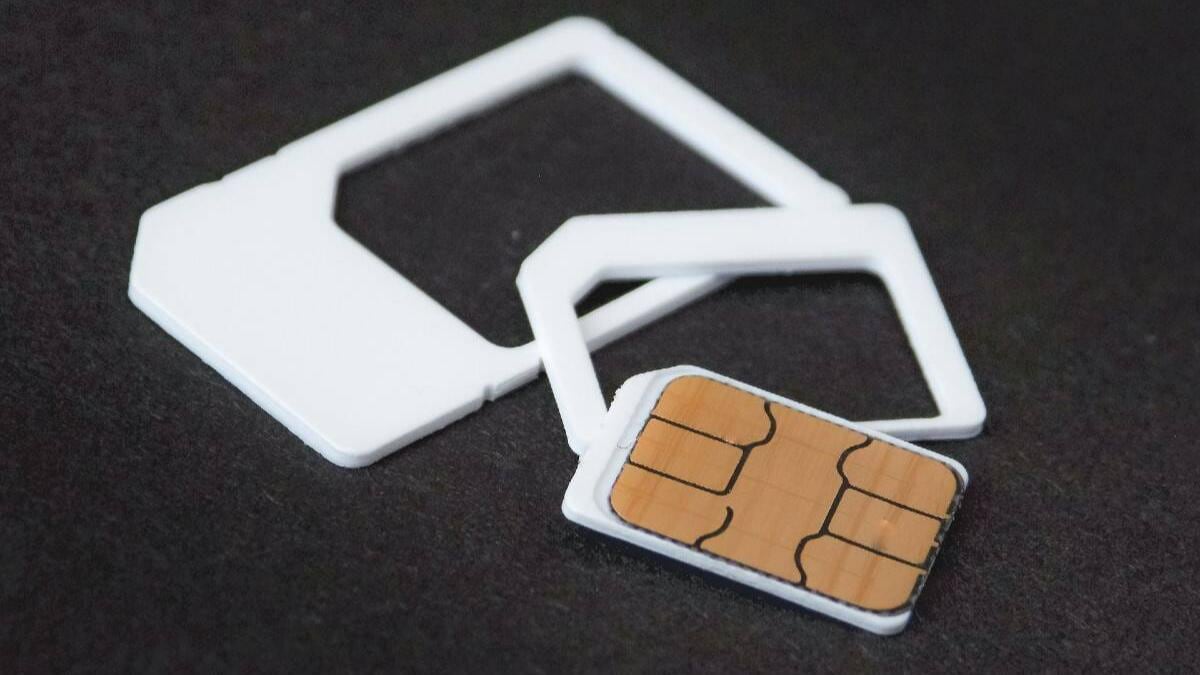To identify and verify each user, a SIM card (Subscriber Identity Module) is a small card with a chip that holds the subscriber’s identity. The SIM establishes a connection between mobile devices and the relevant cellular network and makes calls, wi-fi calling, and texting possible. SIM card is a medium that helps to avail great offers offered by the network providers. Before you enjoy the benefits of a SIM card, you need to activate your SIM card soon after you buy it.
A SIM card is the best way to stay connected to your loved ones while getting entertainment, comfort, exposure, outreach, and privacy all in one go! Here is a detailed tutorial to help you comprehend the many SIM cards.
Different Types of Sim Card Technologies
Understanding various types of SIM cards operate is necessary before identifying their peculiarities. Several alternative SIM card technologies, such as SIM cards and chip SIMs, are often utilized. We’ll also talk about eSIM technology as it’s rapidly evolving into a new norm for SIM connection.
1. Chip or Embedded SIM (MFF2 UICC)
Machine-to-Machine Format Field Universal Integrated Circuit Cards (MFF2 UICC), often known as integrated SIMs or chip SIMs. UICC SIM cards and other communication technologies generally function similarly, although their deployment differs. A chip SIM is a physical SIM card that is soldered and vacuum sealed directly to the Smartphone’s circuitry board during the production of the smartphone. Unlike a typical SIM, it can’t be removed or replaced from a device.
2. SIM Cards (UICC)
The standard SIM card technology is the old school and the most used technology untill the recent times. These are small plastic memory chips called Universal Integrated Circuit Cards (UICC) that slip into the mobile phone device. SIM cards are frequently linked to IoT and non-IoT devices, including phones, computers, tablets, and other gadgets. There are four standard sizes for SIM cards. Your device’s or unit’s hardware setup will determine your required size.
3. eSIMs (eUICC)
This is one of the newest and upcoming technology in the connectivity tech. eSIM or encapsulated Universal Integrated Circuit Card (eUICC), is a reprogrammable SIM card either UICC or MFF2 in which, you can reprogramm and change the network carrier without acutally changing the physical SIM card. If you ever feel like changing the network provider because of better offers, you can simply reprogram the eSIM and change the network provider without actually replacing the SIM card. eSIM can be either embedded or non-embedded. The only difference is, it is re-programmable.
Types of Sim Cards

As per the above explained SIM card technologies and SIM card sizes, there are Different types of sim cards available today that are mentioned below.
1. Full-Size SIM Cards
There were first ever SIM cards when they were first invented and introduced in the market. They were enormous SIM cards with their size similar to credit cards. They used to fit only in the bigger handsets. However, with the invention of Mini-SIM, they were rendered useless and are no more used. The dimensions of Full-Size SIM cards used to be 85.6 × 53.98 × 0.76 (L x W x T in mm).
2. Mini-SIM
As the Full-sized SIM cards had many limitations because of its size, Mini-SIM cards were introduced. These tiny SIMs, also referred to as standard SIM cards had dimensions of 25 x 15 x 0.76 (L x W x T in mm). however, as the smart phones were introduced and as the phone size started getting thinner and with more hardware features being packaged in the smartphones, a requirement to reduce the size of SIM card arose. And now, mostly no smartphones use Mini-SIM cards as they have moved to micro and nano SIM cards.
3. Micro SIM
To make cellphones lighter, micro SIMs, were introduced with dimensions of 15 x 12 x 0.76 (L x W x T in mm). These are smaller counterparts of mini SIMs which can be made by cutting the Mini-SIM to a smaller size. Some outdated phones and tablets still utilize micro SIM cards, even though most smartphones now use nano SIM cards.
4. Nano SIM
This is likely the smallest SIM card that can get given the development from full-length sim to nano. The integrated circuit (IC) chip on a Mini and micro SIm card is roughly the same size as the nano SIM. Most modern smart gadgets use the nano SIM card. First released in 2012, Its dimensions are 12.3 × 8.8 × 0.67 (L x W x T in mm).
5. eSIM or MFF2
An eSIM, an abbreviation for Integrated SIM card, is a digitized SIM that is integrated into your Smartphone. Thanks to it, you may utilize mobile services without the need for a real SIM card. its dimensions are 6 × 5 × 0.9 (L x W x T in mm).
Benefits of Sim Cards
The ease with which a SIM card may be moved from one phone to another and the advantages of data portability are numerous. For instance, a user who purchases a new phone can insert the existing SIM card to link the new Smartphone to the identical usage patterns and phone number as the previous one.
Another frequent scenario is when a phone’s battery goes out, and the user needs to borrow one but doesn’t want to burn up their minutes. The user may put the card onto another subscriber’s phone in this case. As long as their mobile phones are not carrier-locked, certain merchants’ prepaid SIM cards can provide visitors access to local numbers.
SIM cards are also the medium to enjoy special perks offered by the network providers like setting up your favourite songs as caller tunes. If you face any issues with your mobile network or your SIM card, you can always contact the customer support to resolve your issues.
Conclusion
This is all about the different types of Sim cards available these days. Some phones now allow for dual-SIM activation, allowing users to utilize two separate SIM cards in the same handset. For instance, the iPhone 10s offers dual SIM, with one detachable SIM card and the first eSIM. For those who want to utilize two mobile numbers on one Smartphone, dual SIM cards are helpful.
In Standard, Micro, and Nano SIMs, it’s usually just a matter of what handsets they fit in, given their size. To receive 5G, you may occasionally require a new SIM card; however, this is not essential on most networks. In addition to everything else, eSIMs are distinct since they aren’t detachable.












Good information on Sim cards. Keep going!